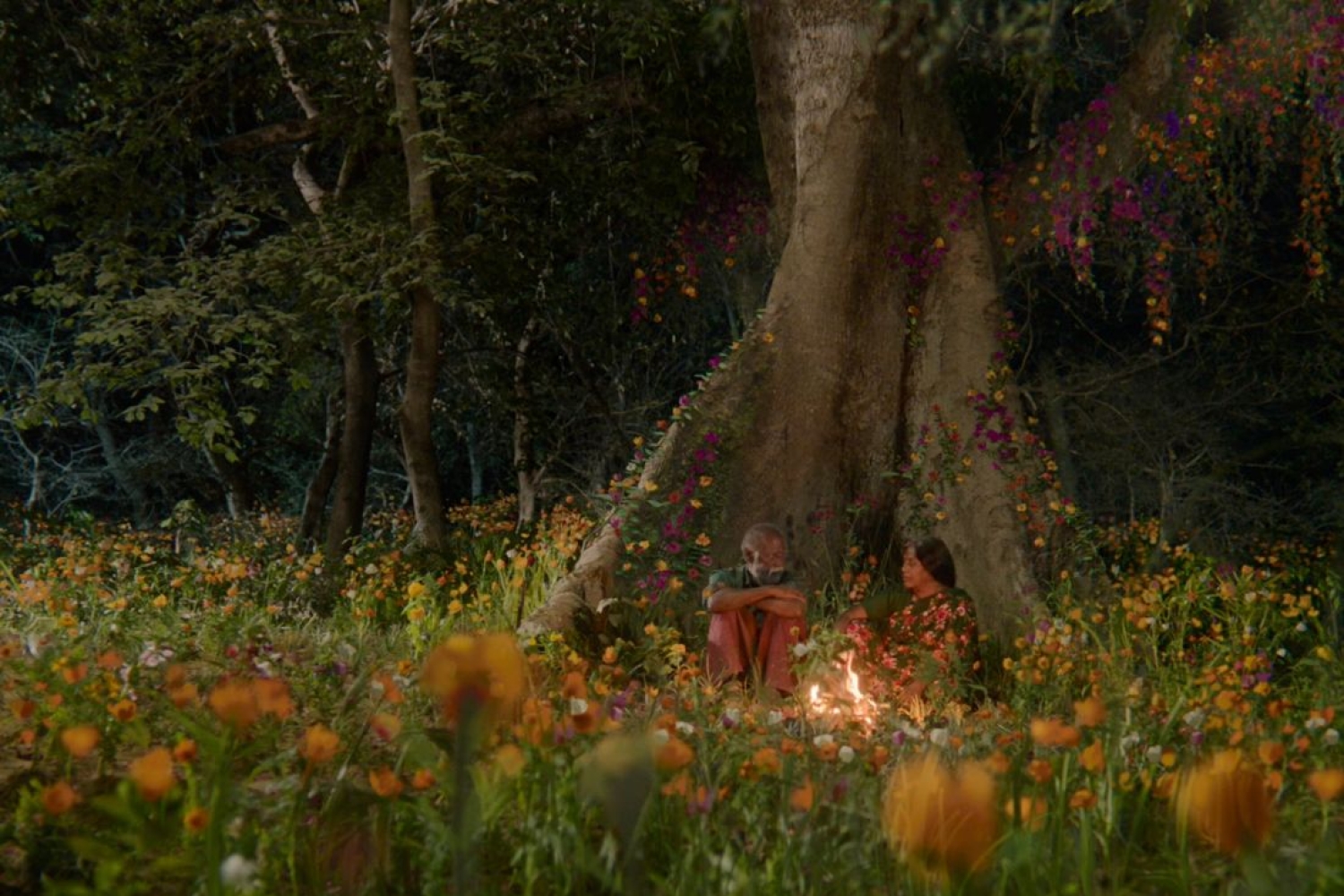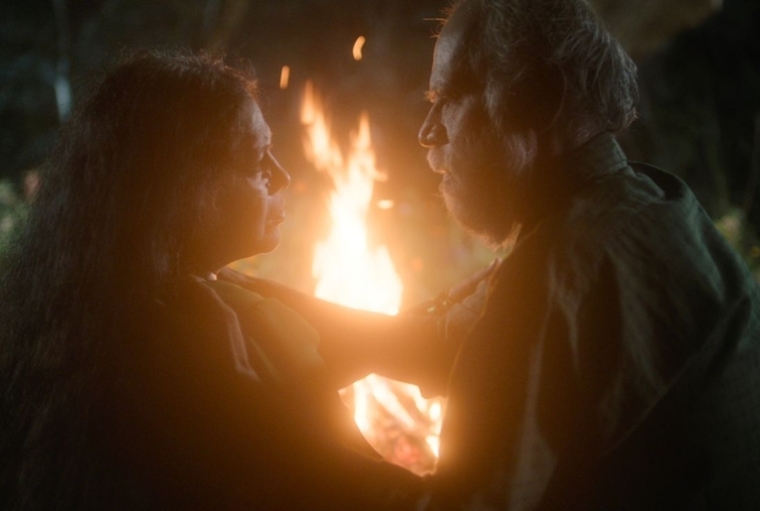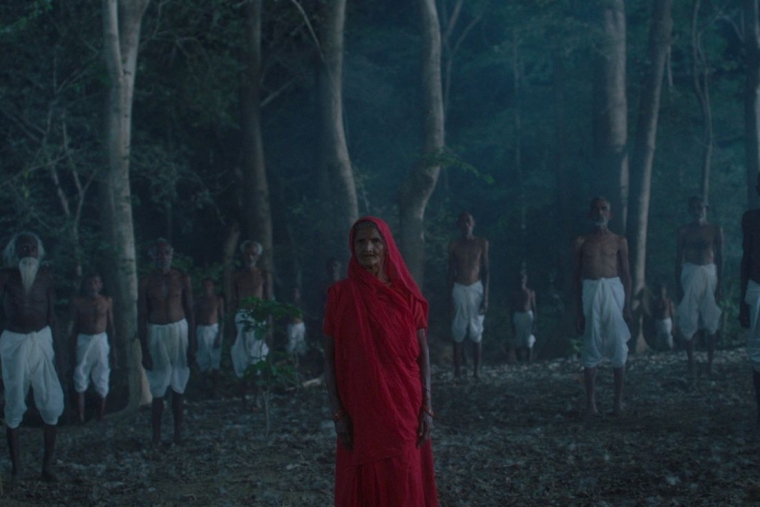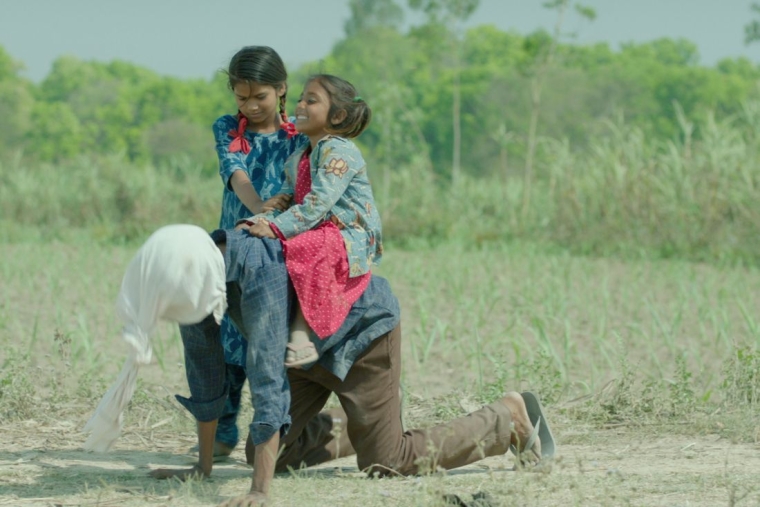

In a world marked by war, climate crisis, social unrest and cultural and religious conflict, there are diverse and complex challenges before us that need new approaches. The same world is privy to the tension between the powerful and powerless. ‘With what’s happening around the world, I understood one thing very clearly in my life. The powerful will always exploit the powerless. And that is what is happening in Gaza. It’s the same thing happening in the Ukraine,’ explains filmmaker Siddartha Jatla. Similarly in his film, In the Belly of a Tiger, the powerful is the brick factory manager, who exploits villagers, who have no other option than taking on the poorly paid job. ‘I think we as humans are getting less and less compassionate with each other; that is something global right now. That is why this film is more important than ever.’
Siddhartha’s film came to him in the form of a news piece that talked about people sending their parents to the forest to get killed by a tiger. All this so that they can claim compensation from the government. The absurdity of the story and the curiosity in his soul took him to this village that opened a pandora’s box. ‘In the village where this film was shot and also where these incidents were first reported, big factories are the only way you can earn money. The jobs in many factories are brutal – they exploit the powerless.’

There is a poignant scene in the film that he elucidates on the same predicament, ‘The assistant of the manager of the factory says, that he “goes to the local shops to see which families have a lot of debt, and they hire those families.” That’s something I witnessed during my research. The moments of kindness amongst the workers, as they help each other, that is also something I was moved by and connected to.’
Siddartha is a city boy from Hyderabad who grew up on a film set owing to his filmmaker father. A young little boy saw the camera rolling and the bright spotlight shining on people who lived in a world of make-believe. ‘For a kid that’s quite a very influential image to set in your mind. I was watching very serious films at the age of six because my father used to take me film clubs. I hated all the films he took me to because I was a very normal Indian kid and he would take me to all these serious films, which I was extremely bored of. But if you think about it, down the line, a six-year-old, who is going to clubs, meeting other struggling independent filmmakers, watching films on the small screen in a closed room, coming out and having these passionate discussions while smoking... there will be an influence for sure.’
The influence that has now translated to a passion that he breathes and is also his staff of life. He started off as a cinematographer which he studied at FTII; a study he used to fuel his passion for storytelling. It is this staunch dedication that took him to prominent festivals around the world for his work and more recently Berlin International Film Festival for the world premiere of In the Belly of Tiger.

For the research of his film, Siddartha stayed in a village in North India which obviously came with its own conundrums; the biggest being to win the trust of the villagers. ‘Once you win their trust you will then slowly have a great window to watch their daily life. There were many compounding reasons that villagers in the area were struggling – education, debts, lack of land, and the extreme conditions of the work available to villagers. I was living in the village when the pandemic hit, which compounded the struggle for work. The real context was so much more than the story that was reported about the tiger.’

Interestingly in the film, even though it’s a part of the very title, Siddartha never shows the tiger. Think of it as a mythical concept that represents much more than just a man-eating animal. He doesn’t show it to take your attention to the daily struggles of the people of the village. ‘I did this because I want viewers to understand the daily conditions that make survival so challenging. It’s been a very observational journey, and it broke my heart as much as I also saw incredible beauty – the beauty of these families and the village itself. The spirit of the village and of the families, despite the hardships, is something I wanted to show in this film,’ he explains.
Words Hansika Lohani
Date 24.08.2024